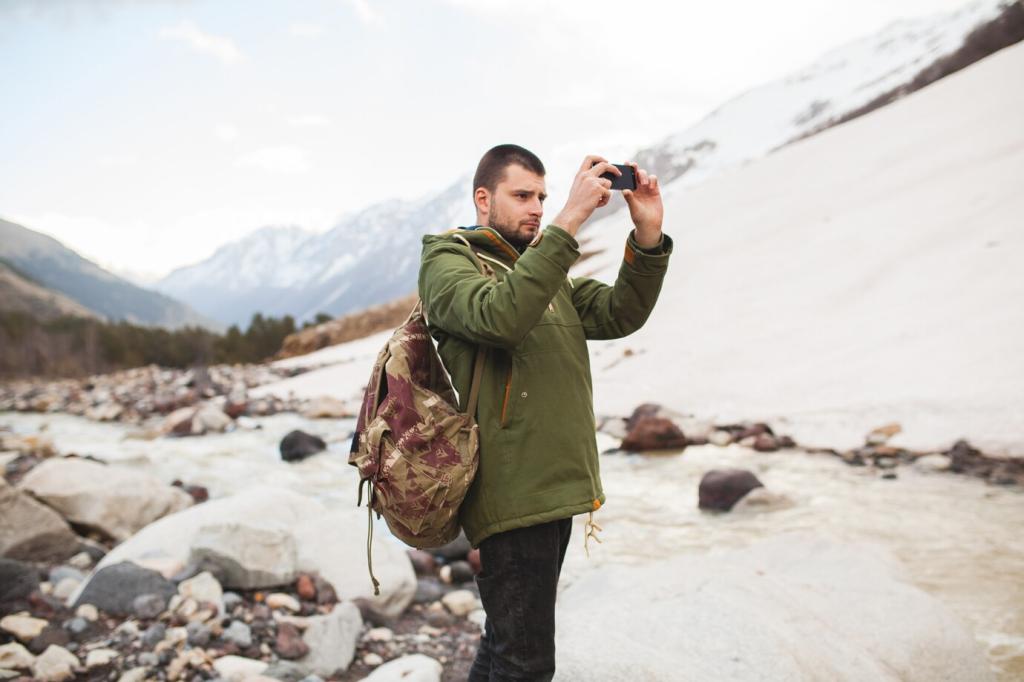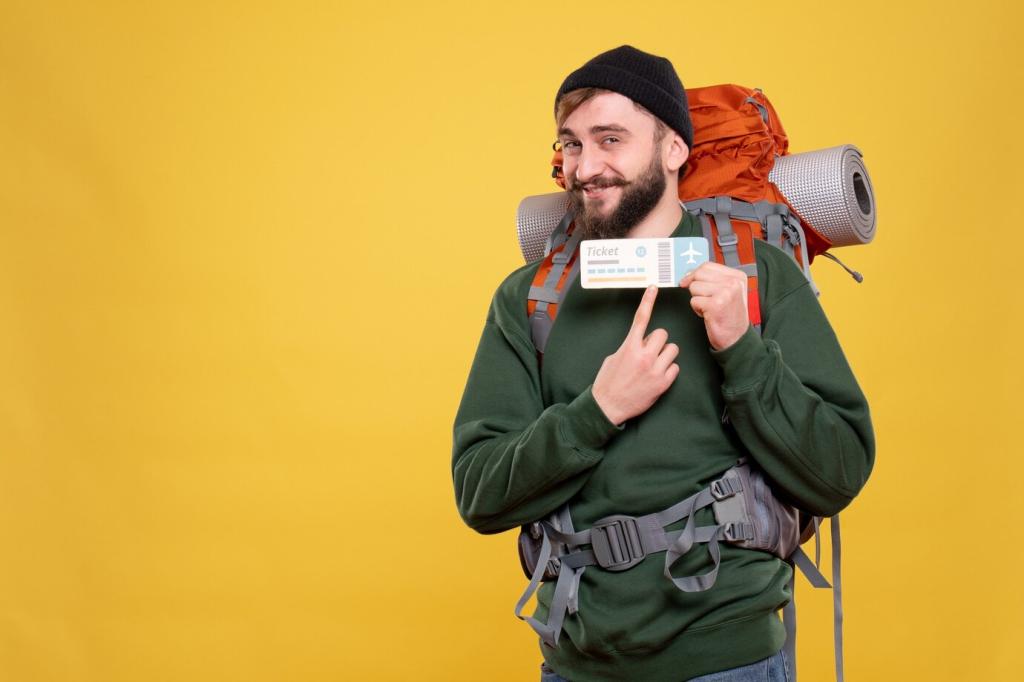Gearing Up: The Best Motorcycle Gear for Road Trips
Chosen theme: Gearing Up: The Best Motorcycle Gear for Road Trips. Whether you’re planning your first overnight ride or crossing a continent, this guide brings rider-tested gear insights, small road stories, and practical tips to help you travel farther, safer, and more comfortably. Share your go-to setup and subscribe for rider checklists and fresh gear ideas.

Head First: Touring Helmets That Go the Distance
Safety Certifications That Matter
For road-tripping riders, look for ECE 22.06, DOT, or Snell ratings, and features like a strong chin bar, wide field of view, and a secure double‑D ring. Consider MIPS or rotational-impact systems, and always pair a Pinlock-ready visor to keep vision clear during foggy dawn departures and sudden mountain microclimates.
Comfort, Noise, and Ventilation
Hours at highway speed amplify tiny discomforts. Prioritize quiet shells, effective vents you can operate with gloves, moisture-wicking liners, and balanced weight to reduce neck fatigue. A chin curtain, neck roll, and smooth visor seal tame turbulence. My longest day—790 miles across windy plains—proved a quiet helmet preserves focus and energy.
Modular vs. Full‑Face Trade‑Offs
Modular helmets shine at fuel stops, quick conversations, and photo breaks, while full‑faces often edge them in weight and rigidity. Touring riders may value internal sun visors, easy shield swaps, and intercom cutouts. Decide based on your routine: frequent snack stops and toll booths lean modular, relentless mileage favors a light, aerodynamic full‑face.


All‑Weather Armor: Jackets and Pants Built for the Long Haul
Seek abrasion-resistant fabrics like 600D+ Cordura, SuperFabric panels, or leather in high-impact zones. A laminated Gore‑Tex shell sheds rain without soaking up weight, while drop‑liners are budget-friendly but slower to dry. CE Level 2 armor at elbows, shoulders, back, hips, and knees ensures meaningful impact protection when the unexpected happens far from home.
All‑Weather Armor: Jackets and Pants Built for the Long Haul
Use a breathable base layer to manage sweat, an insulating mid layer for chilly mornings, and your armored shell as wind and rain defense. On a June crossing in the Alps, a surprise hail burst turned brutal; adding a thin puffy under the jacket salvaged warmth instantly. Pack layers you can change without unpacking half the bike.

From Heel to Horizon: Boots for Endless Miles
Prioritize boots with CE EN 13634 certification, ankle bracing, reinforced toe boxes, and shin plates. A defined heel helps on pegs, while sturdy soles resist twisting in a spill. Reflective accents add side visibility at night. Real protection is invisible—until the one time you need it, miles from cell service and daylight.
Touring days invite detours: viewpoints, cafes, trail lookouts. Seek supportive insoles, flex zones for natural stride, and toe‑box room to prevent numbness. A smooth shifter pad prevents hot spots; speed laces or buckles make suiting up easy at dawn. If a boot pinches in the store, it will nag relentlessly by mile 300.
Gore‑Tex or equivalent membranes keep feet dry, but maintenance matters. Clean mud, condition leather, and refresh DWR on textile outers so water beads instead of soaking. Carry spare socks in a dry bag; swapping mid‑day is a morale reset. After one river‑splash mishap, dry feet kept spirits high while the storm raged on.
Pack Smart: Luggage Systems and Packing Strategy
Hard Cases vs. Soft Bags
Hard panniers offer security, easy locking, and stackable shape; soft bags are lighter, safer in a tip‑over off‑road, and adaptable. Mix and match: hard top case for quick access, soft side bags to trim weight. Keep heavy items low and forward to preserve handling. Add quick‑release straps to simplify motel load‑out.
Essentials You’ll Actually Use
A compact tool roll, tire repair kit, mini compressor, first‑aid pouch, microfiber towel, visor cleaner, chain lube, spare fuses, and a few stainless zip ties solve most roadside hiccups. Include a spare key stashed separately, and a lightweight cable lock for helmets. Pack duplicates only if they serve different, mission‑critical purposes.
Organization and Accessibility
Color‑coded pouches and dry bags prevent rummaging marathons. Keep rain gear and warm layers near the top; stash snacks and documents in the tank bag. A small seat‑bag holds daily-use items so you avoid unlocking cases constantly. If you have a genius packing hack, drop it in the comments to help fellow riders.
Dedicated moto GPS units excel in rain and gloves, while phones offer flexible apps and offline maps. Use vibration‑dampened mounts to protect phone cameras and position screens in your natural sightline. Practice route editing at home. A simple paper backup lives in the map pocket for when electrons disappear in remote valleys.
Stay Connected: Navigation, Power, and Communication
Tubeless plug kits, spare valve cores, and a compact inflator solve most punctures in minutes. For tube setups, pack levers, a spare tube, and CO₂ or a pump. Practice at home once. A sunset roadside fix near Bryce Canyon taught me that familiarity trims stress and keeps the schedule pleasantly flexible.
Prepared for the Unexpected: Tools and Emergency Gear
A small kit with gauze, tape, antiseptic, pain relief, and a space blanket handles minor injuries. Add duct tape, baling wire, and zip ties for quick bike fixes. Nitrile gloves and a headlamp keep things clean and efficient. A tiny roll of safety wire once secured my exhaust shield until a proper bolt appeared.
